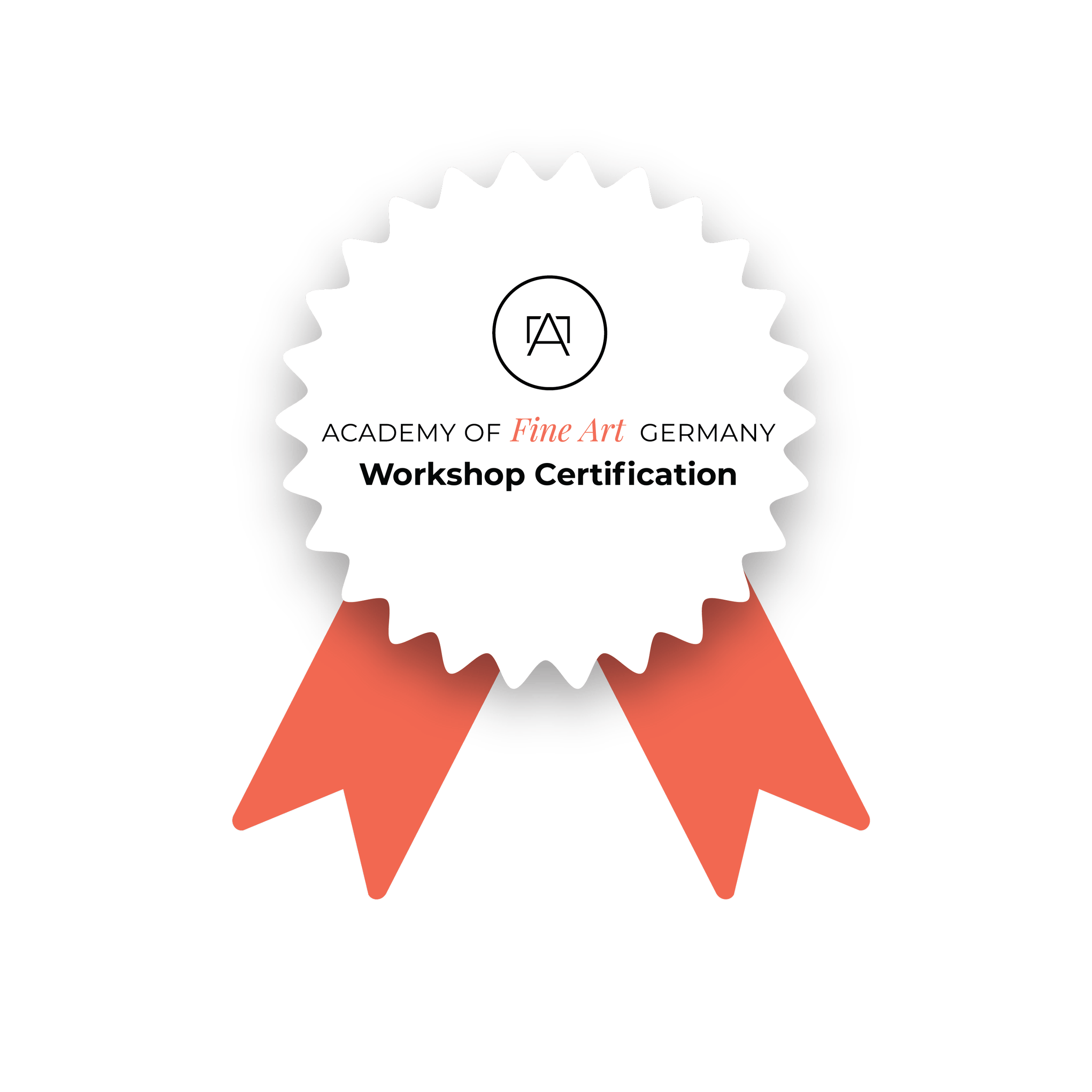Écorché Anatomy Workshop — Frequently Asked Questions:
Q1: Do I need to have any experience in sculpture or anatomy to take this workshop?
A: Not at all! The workshop is designed for beginners and experienced artists alike. You just need curiosity and focus — no prior drawing, sculpting, or anatomy knowledge is required.
Q2: What exactly will I create during the workshop?
A: You'll build a 15-inch anatomical sculpture — starting from the skeleton and layering muscles using a simplified classical écorché technique. It’s a hands-on 3D journey through human anatomy.
Q3: What should I bring?
A: A ruler, tracing paper, colored pens/pencils, pencil, small knife, spackling spatula (~2”), and a notebook. A device for using 3D anatomy apps is recommended but optional.
Q4: Can I keep my sculpture?
A: Yes! But if you choose not to keep it, you can leave it for recycling and receive a $40 refund from the materials fee.
Q5: Is this suitable for my teenager?
A: Absolutely! It’s open to anyone 14 and up. Younger children (10-13) can join if a guardian participates alongside them (in this case, the price is per project, so guardians can choose if they would like to register separately, or if they are simply attending as a chaperone)
Q6: Will this be educational beyond art?
A: Yes — the workshop combines art, anatomy, and kinesthetic learning, making it perfect for science-curious students or those who learn best by doing.
Q7: Where does the class take place?
A: At a private residence in Oakdale, Minnesota. The exact address will be provided upon registration.
Q8: How many students are in each session?
A: The class is small and focused — limited to 4–12 students.
For Artists and Professionals:
Q1: What’s the value of Écorché for my artistic practice?
A: Écorché teaches structural anatomy through tactile sculpting, which improves figure drawing, painting, and 3D modeling by internalizing the mechanics of the human form. Whether your focus is in fine art, game design, prosthetics, or medical illustration, anatomical knowledge supports more believable and effective creations. Understanding anatomical forms and functions is also a great way to improve designing representational art from imagination. Plus, a sculpture adds variety and texture to a 2D-heavy portfolio. It also proves that you can work across media—expanding your appeal to clients or schools that value versatility.
Q2: Who’s the instructor?
A: Gabrielle Trom, Director of Sculpture at the Academy of Fine Art Germany. She’s an internationally recognized sculptor and educator with experience in both classical and contemporary techniques.
Q3: What anatomy apps do you recommend?
A: Either “3D Anatomy for the Artist” or “Anatomy 3D Atlas.” Both are free to download, with excellent paid versions for deeper study. Another great app is “Visible Body,” but the content of this app is only available with a subscription.
Q4: Is there a certificate or recognition upon completion?
A: Yes. Upon completion of this workshop, participants receive a workshop certification from the Academy of Fine Art Germany.

